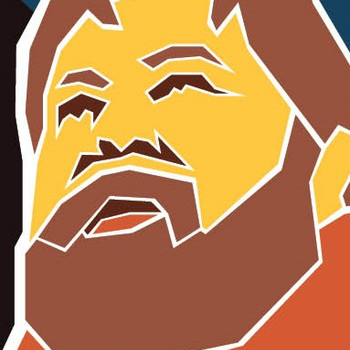The length of a curve can be calculated with this integral
#int_a^b=sqrt(1+(dy/dx)^2)dx#
Well, we better get deriving! First, take the derivative of #y#.
#dy/dx=d/dx[x^(1/2)]-d/dx[1/3x^(3/2)]#
Using power rule
#dy/dx=1/2(x^(-1/2)-x^(1/2))=(1-x)/(2sqrt(x))#
#(dy/dx)^2=(1-2x+x^2)/(4x)#
So
#sqrt(1+(dy/dx)^2)=sqrt(1+(1-2x+x^2)/(4x))=sqrt((1+2x+x^2)/(4x))=(x+1)/(2sqrt(x))#
Finally
#int_0^1(x+1)/(2sqrt(x))dx=int_0^1x/(2sqrtx)+1/(2sqrtx)dx#
Evaluate indefinite
#intx/(2sqrtx)+1/(2sqrtx)dx#
#=1/2intx/sqrtx+1/sqrtxdx#
Solve and ignore constants for now
#intx/sqrtx=2/3x^(3/2)#
#int1/sqrtx=2sqrt(x)#
Piece them together and ignore constants for now
#1/2intx/sqrtx+1/sqrtxdx#
#=1/2(2sqrt(x)+2/3x^(3/2))#
#=(sqrt(x)(x+3))/3#
Finally, solve the definite integral:
#int_0^1(x+1)/(2sqrt(x))dx=(sqrt(x)(x+3))/3|_0^1#
#=4/3#
#:.# The length of the curve is #4/3#


